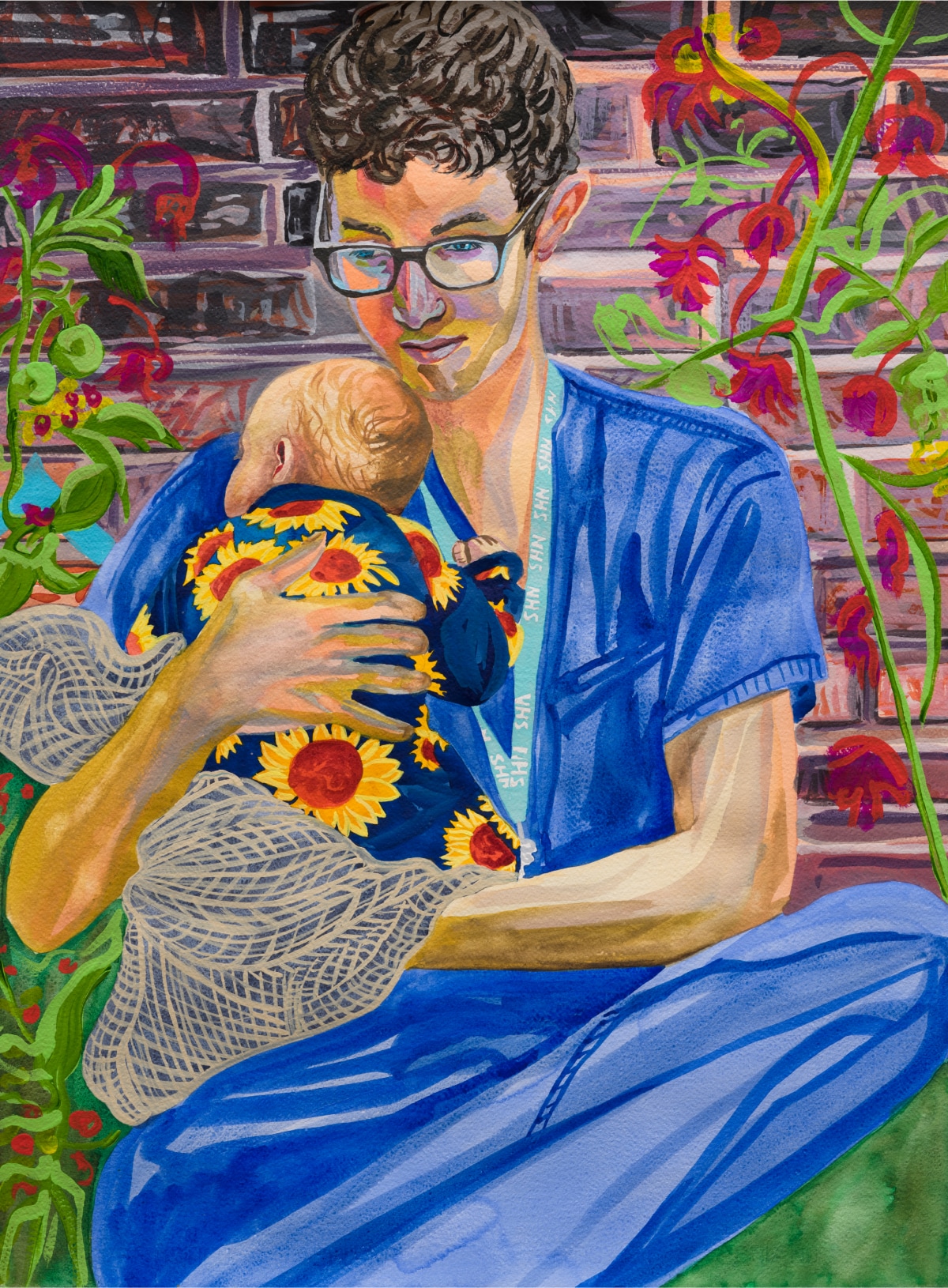Operations
Summary
We write personal and commercial auto insurance, commercial liability and property insurance, residential property insurance, and other specialty property-casualty insurance and provide related services throughout the United States. Our Personal Lines segment writes insurance for personal autos and recreational vehicles. Our Commercial Lines segment writes auto-related primary liability and physical damage insurance, and general liability and property insurance, predominantly for small businesses. Our Property segment writes residential property insurance for homeowners, other property owners, and renters. We distribute our products through both the agency and direct channels.
Personal
Lines
Our operating philosophy is to grow as fast as possible, subject to the constraints of our 96 combined ratio goal and our ability to provide high-quality customer service. This philosophy is unwavering; however, our ability to drive profitable growth is always subject to influence from market conditions, competitor actions, weather patterns, and other external forces. The year 2020 is a prime example of external forces affecting our business performance and, given the unprecedented events, we can review the year in three distinct periods: Pre-COVID, Spring/early Summer shutdown, and Fall recovery. During these times, we continued to execute our business model, assisted our customers and agents, and enjoyed continued growth across our Personal Lines products. Our Personal Lines business unit, comprised of our personal auto and special lines products, produced an 86.8 combined ratio (CR) and increased policies in force (PIF) 10% during 2020. Profitability improved by 3.7 points versus 2019, driven primarily by reduced accident frequency, which was partially offset by increases in accident severity and credits given to policyholders. Personal Lines net premiums written grew more than $2 billion, to end the year at over $33 billion in net premiums written or a 7% increase over 2019. Revenue growth was primarily driven by unit growth through adding over 2 million policyholders and crossing over 21 million PIFs.
To set the stage for a discussion of 2020, it’s important to start with a quick look back at 2019 market conditions and business performance. The U.S. auto insurance market has historically lost money on an underwriting basis; however, 2019 represented the second year in a row (and only the second time over the past decade) that the U.S. private passenger auto market as a whole delivered an underwriting profit. This period of profitability (and strong industry premium growth) resulted from many competitors aggressively reacting to rate need in 2016-2018. As loss trends abated in 2018 and rate increases earned in, most major carriers rapidly altered course to stimulate growth, however, the 2019 industry premium growth rate was reduced significantly compared to prior years. Despite these softening market conditions, we were well positioned with strong volume momentum and competitive prices and delivered another record year for our total Personal Lines business in 2019 with $31 billion in net premiums written and 9% policy in force growth at a 90.5 combined ratio. As we entered 2020, competitors were slowing the pace of rate decreases, which when combined with our own targeted rate reductions, left us optimistic about continuing our multi-year run of growth and profitability.
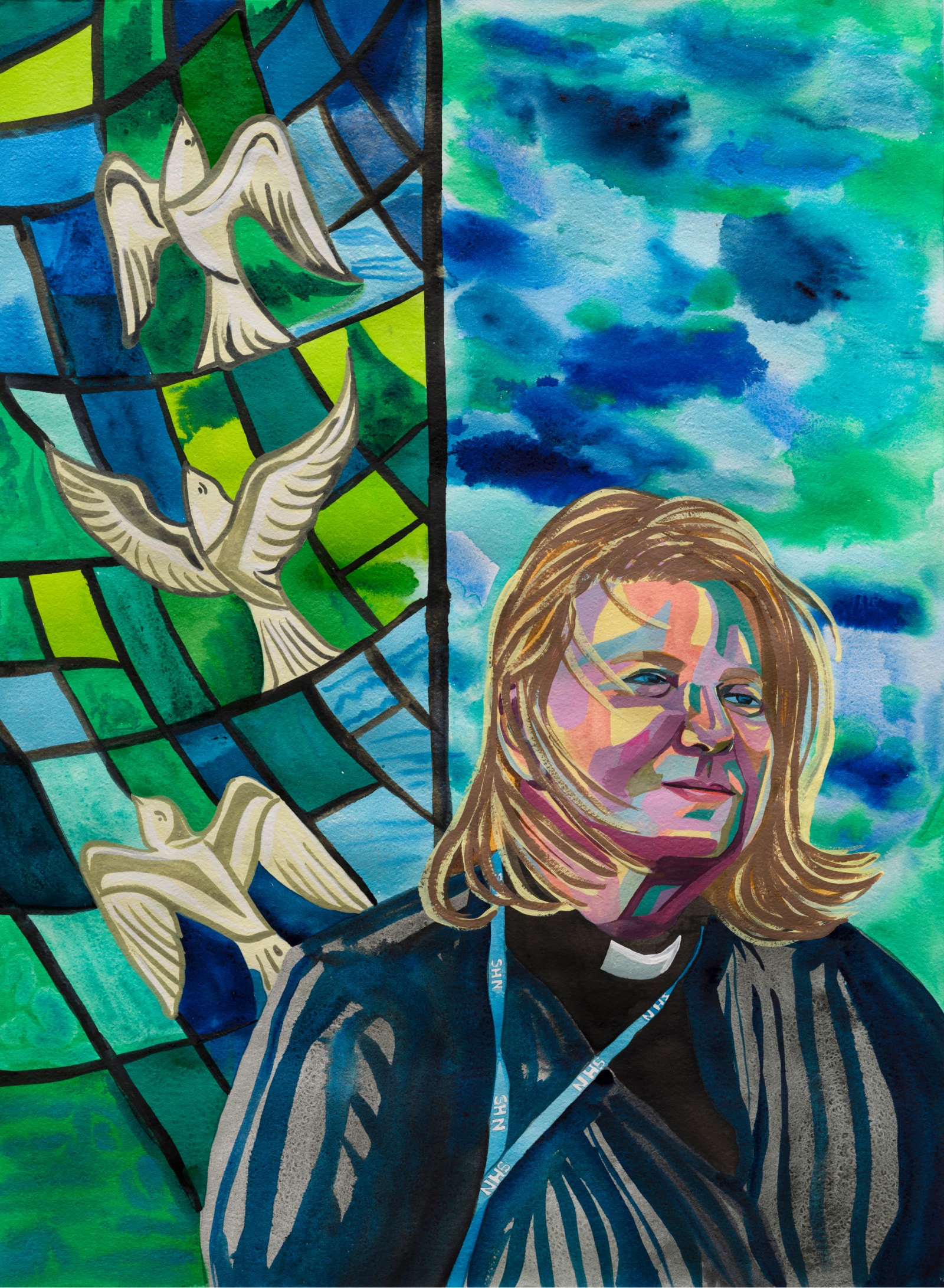
Pre-COVID January and February played out exactly as we had planned, with double-digit quotes and sales growth. However, as we all know, by mid-March life took a dramatic turn with the closure of many schools and widespread state-level shelter-in-place mandates that virtually shut down the economy, and started what we refer to as the Spring/Summer shutdown period. Not surprisingly, new business volume in both distribution channels dropped immediately in March and April as people appropriately focused on health, safety, and economic concerns and stopped shopping for insurance, resulting in new policy sales declines of 20% and 15% in March and April, respectively. The shutdown also rapidly drove down vehicle miles traveled by 30-40% and incurred losses about 35% during the early shelter-in-place periods. We quickly responded by launching our Apron Relief Program designed to support our customers, agents, communities, and employees. In total, we invested almost $1.2 billion across these groups including returning $1.1 billion to our personal auto customers in the form of credits of 20% of April and May premiums. Our program also included processes designed to help our customers navigate these uncertain times which included a customer leniency program and waiving of fees for a period of time to offer flexibility and continuous insurance to customers. We put in place a countrywide moratorium on cancellation and non-renewal of policies for non-payment with suspension of collection of unpaid earned premium from mid-March through mid-May. For our independent agents, we quickly created a program to provide financial assistance to them through relief funds established by the two national agent associations, while also opening up early payout options on contingent compensation programs and adjusting program targets to better reflect the reality of market conditions.
Both of our distribution channels experienced a drop in volume at the start of the shelter-in-place period. Our Direct channel started to recover earlier than our Agency channel, which experienced the multiplicative effect of reduced customer shopping, closure of agents’ physical offices, and an aversion to in-person retail transactions. Our rapid volume recovery in Direct during May through July was due in part to significant increases in planned advertising spend for the year coupled with rapid redeployment of media impressions in response to changing consumer behavior. For example, when the shelter-in-place orders curtailed virtually all in-person sporting events for March and April, our in-house media team did a phenomenal job responding quickly to find and execute alternate means of reaching consumers who gravitated towards linear TV viewing of cooking, home improvement, and news programming. As the shelter-in-place restrictions began to lift, these changes to our media placements helped drive new business growth as widespread cancellation moratoria were coming to a close during May, June, and July. During this period, consumers shopped and, in many cases, switched carriers.
Our Agency distribution channel started to slowly recover in late June and early July as some states/regions opened up due to temporary reductions in infection and transmission rates. The Robinson consumer segment (i.e., bundled home and auto) continues to be a strategically important growth opportunity within the Agency channel and, despite the pandemic, we continued to expand our Platinum agent footprint and deployed products and tools to help agents place more preferred business with Progressive. During the year, we added more than 200 additional Platinum agencies, closing the year near 4,000 in total. We also completed the rollout of our portfolio quoting platform for agents, designed to improve their ease of use in quoting and selling Progressive products to multi-product Robinson customers.
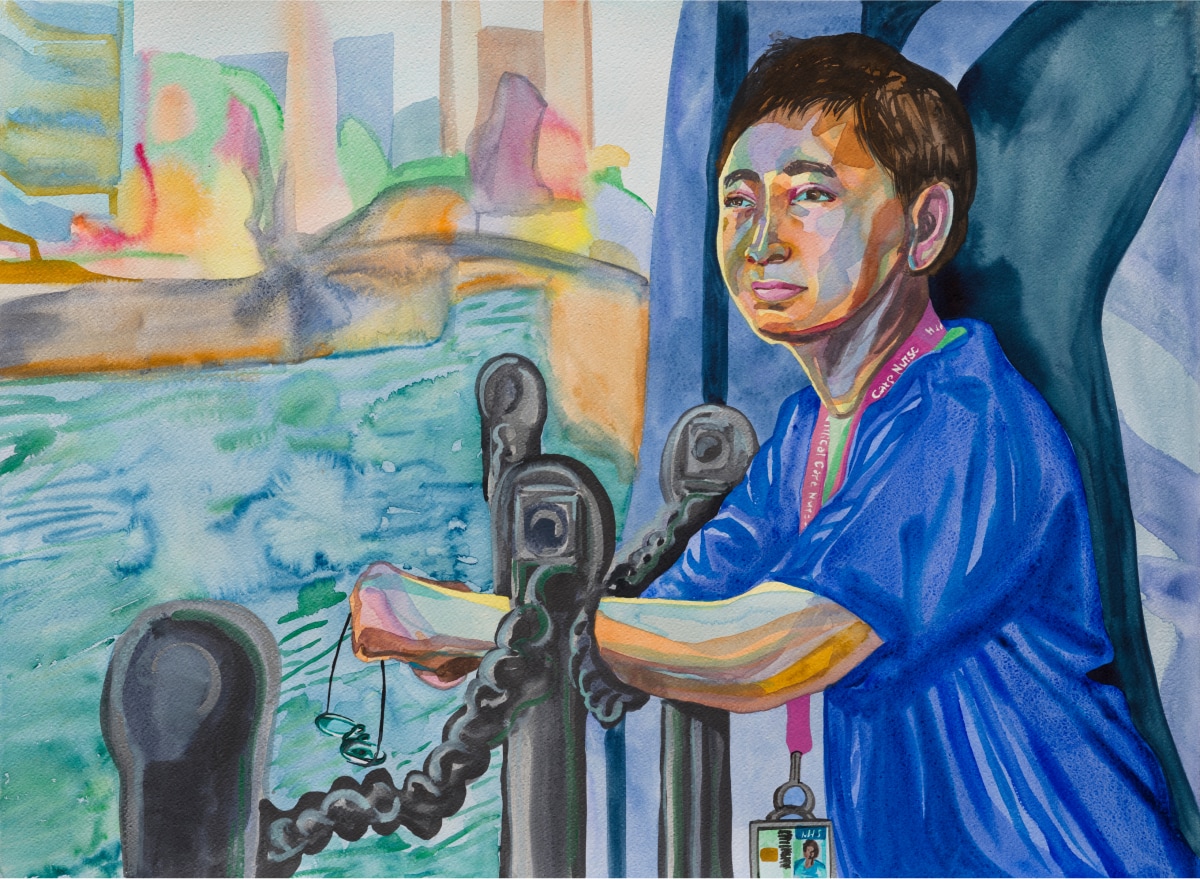
The second half of 2020 represented what we call the slow Fall recovery, with widely varied shopping and new business growth rates and corresponding loss costs across states and channels as businesses and schools opened and closed and associated vehicle miles traveled increased or decreased throughout the third and fourth quarters. During this second half of 2020, our slow but volatile recovery in new business applications was driven primarily by growth in our Direct channel.
Despite significant market disruption, we continued to deploy enhanced segmentation through product model upgrades that help us accurately match rate to risk, which enable us to offer highly competitive rates. During the year, we completed 22 auto model upgrades across channels and our latest product design, 8.6, is now in market in more than 30 states representing more than two-thirds of countrywide premium. This model brings more competitive rates for consumers with prior insurance and multiple cars and continues to drive growth and penetration among more preferred market segments. As some markets started opening up and we had more certainty around expected future loss costs, we started lowering rates in conjunction with product model deployment where we were both confident that the decreases were actuarially sound and, given the uncertainty, could reverse quickly if necessary. From April through December, we filed personal auto rate changes that averaged a decrease of approximately 3% in over 40 states that represent approximately 85% of our countrywide personal auto premium, thereby providing our customers aggregate annualized savings estimated at $800 million.
As many states work to help their residents recover from COVID and address concerns regarding racial and social justice, we continue to see elevated levels of legislative and regulatory challenges to the foundation of insurance—risk-based pricing. We’re highly engaged with regulators, industry trades, and other industry leaders to collectively identify and implement solutions to address their concerns. We believe in accurately matching rate to risk and that doing so ensures every insurance customer pays for the cost of indemnifying the risk they individually represent. We believe it is unfair to ask one consumer to knowingly subsidize the costs of another consumer and, as an industry, we need to vigorously defend this element of our healthy insurance system. While affordability is a real challenge for certain households, that can be addressed through other means and we believe that attacking the basic fundamentals of insurance pricing by forcing pricing inaccuracies and mass subsidization isn’t the answer. We believe that removing highly predictive variables from the voluntary insurance market this year will create significant consumer disruption and lead to unnecessary market turmoil at a time when many families have been materially affected by pandemic economic distress and are completely unprepared to manage through this disruption.
A key element in improving the accuracy of our rating is Snapshot®, our usage-based insurance offering. During the pandemic, we’ve seen higher consumer adoption of this offering, particularly in the Agency channel, as people recognize the value of pricing based in part on their individual driving behavior. Our latest Snapshot model, which offers discounts up to 30% for driving safe and driving less, is available in states representing about two-thirds of our countrywide premium. To provide those driving less with greater ability to control their insurance costs, we’re also shortening our Snapshot monitoring period for our existing customers not currently in the program and we expect to begin promoting this accelerated monitoring and faster impact to our customers during the first quarter 2021.
In light of the pandemic and the social distancing requirements, our special lines products experienced record growth as more consumers purchased and insured recreational vehicles (motorcycles, boats, RVs) in 2020, enjoying alternatives to travel and other discretionary activities. As a leader in protecting these products, our new business applications grew materially year over year and, in the aggregate, we finished the year with special lines PIF growth of 8%. While growth in usage of these seasonal products during the year also drove up our combined ratio on this line of business, we continued to meet our internal targets.

While the COVID disruption to our customers, the economy, and our country cannot be overstated, as we reflect on how our team and our business performed during this incredibly volatile period, the word Proud comes to mind. We’re Proud of the way all Progressive people effectively transitioned to the work-from-home environment and quickly adapted to this completely new operating model. We’re Proud of how quickly we were able to process $1.1 billion of customer credits and get that money back in the hands of our customers in need. We’re Proud of the way our internal teams collaborated cross-functionally, always with the mindset of “how can we help” and “what’s the right thing to do.” We’re Proud of how our field sales teams have engaged with the small business owners in our Agency channel to understand and help them through these incredibly challenging times. We’re Proud of what we’ve been able to do for our local communities during this time of need. While we won’t be able to fully assess some of the second and third-order lasting effects the pandemic will have on our business, we’re Proud of what we’ve accomplished to date and confident that we have the tools and systems in place to manage our business effectively despite what we hope are one-time or short-term dislocations.
The year 2020 will go down in infamy for many different reasons, but as we look back and assess where we were in mid-March and where we ended up the year, we’re Proud to have continued to make progress towards becoming consumers’ and agents’ #1 choice and destination for auto, home, and other insurance despite these incredibly challenging times.
